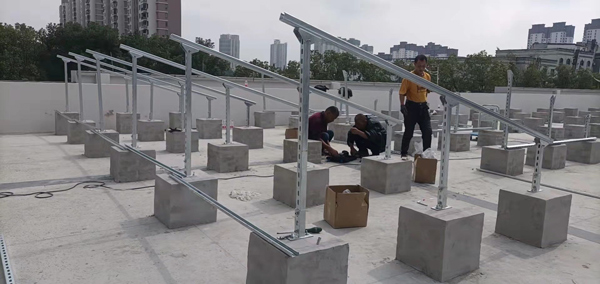Mini rail systems are an essential component in the installation of solar panels, providing a reliable and lightweight solution for mounting photovoltaic (PV) modules onto roofs. This article highlights the key features, advantages, and applications of mini rail systems in solar installations.
1. What is a Mini Rail System?
Mini rail systems are compact and efficient rail structures designed to support solar panels on residential and commercial rooftops. They typically consist of short sections of aluminum or steel rails that provide a foundation for securing the solar panels, reducing the overall material required compared to traditional full-length rails.
2. Advantages of Mini Rail Systems
– Cost-Effective: Due to their reduced size, mini rails use less material, which lowers costs. This makes them an attractive option for smaller solar projects.
– Easy Installation:These systems are lightweight and easier to handle, speeding up the installation process and reducing labor time.
– Versatility:Mini rail systems are compatible with various roof types, including metal, tile, and shingle roofs, offering flexibility for different solar installations.
– Aesthetic Appeal:The reduced profile of mini rails offers a sleeker, more streamlined look compared to traditional rail systems.
3. Applications in Solar Installations
Mini rail systems are primarily used in residential and small-scale commercial solar installations. Their compact design is ideal for installations where aesthetics and cost savings are important considerations.

